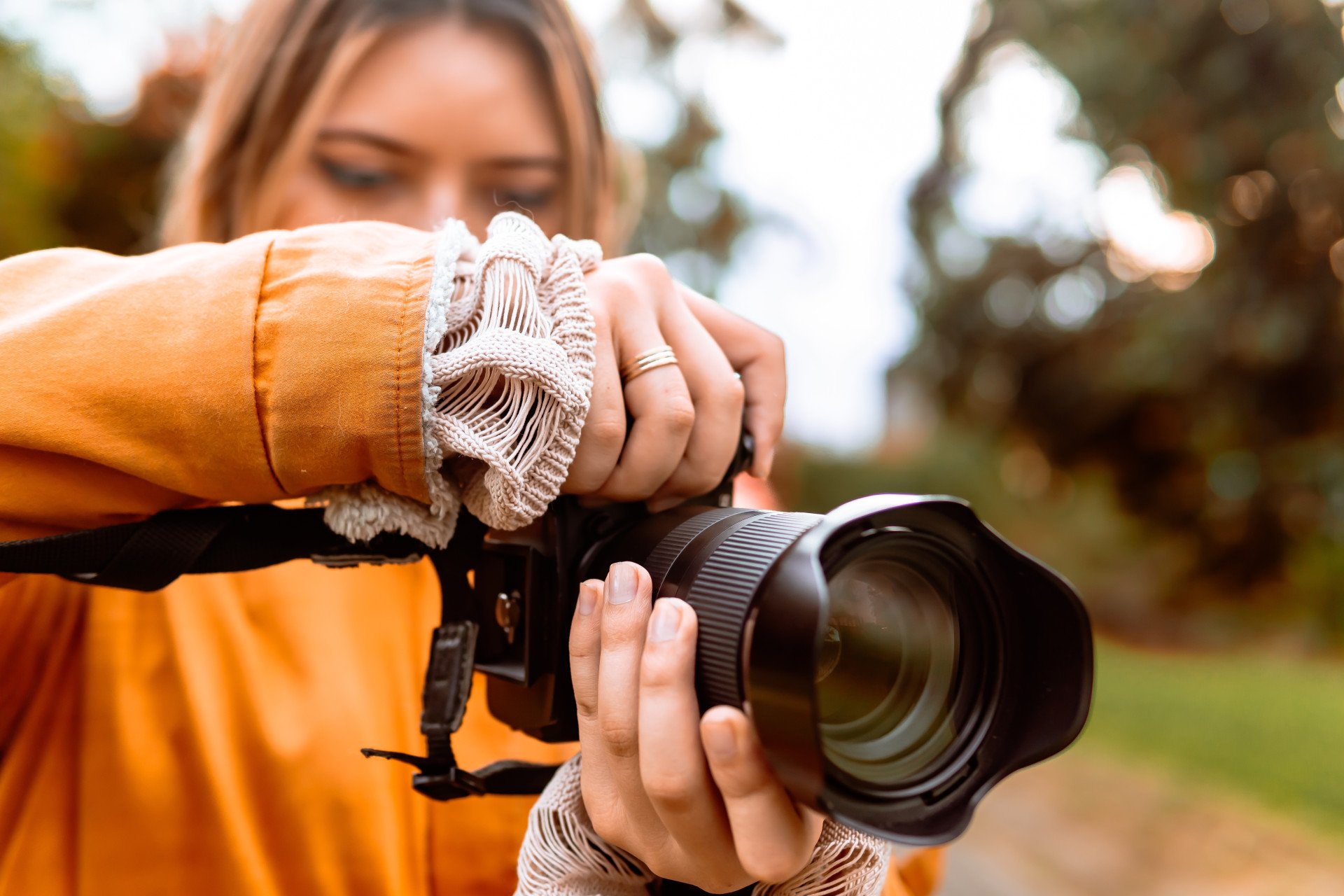A growing number of young people use photography to document their lives, but new research suggests it may offer more than just a creative outlet. A recent study found that taking and reflecting on personal photos could help autistic youth experience greater meaning, connection, and optimism in their daily lives.
A new study by Marina Charalampopoulou and colleagues, published in Autism (2025), explored the feasibility of a “therapeutic photography” program designed to promote positive mental health among autistic people aged 16 to 25.

The most important finding was that the activity was not only practical and appealing to participants but also showed potential for enhancing aspects of emotional and psychological well-being.
Well-being in psychology is often understood as more than the absence of mental health problems—it also involves positive states such as happiness, purpose, and strong relationships.
These are typically divided into hedonic well-being, which focuses on pleasure and life satisfaction, and eudaimonic well-being, which relates to personal growth, purpose, and meaningful connections.
While most autism research has concentrated on reducing negative mental health symptoms, fewer interventions have aimed to actively build these positive states.
To address this gap, researchers worked closely with autistic advisors to create an accessible, self-guided program.
Forty-one participants from Ontario, Canada, were recruited, each asked to take photographs linked to different aspects of well-being—such as happiness, connectedness, and optimism—over a four-week period.
They also wrote or recorded short reflections about each image. The activity was framed around the EPOCH model of adolescent well-being, which includes Engagement, Perseverance, Optimism, Connectedness, and Happiness.
The study found strong interest in the program, with nearly all participants completing the required activities.
Many described the process as enjoyable, easy to use, and a good fit for their lives.
The most consistent quantitative improvement was in participants’ sense of meaning and purpose.
Qualitative interviews revealed additional perceived benefits, including feeling more positive in the moment, developing greater appreciation for small details, and becoming more aware of supportive relationships.
One participant described the experience as fostering “a greater appreciation for my little corner of the world,” while another noted feeling more “involved” in their community.
The approach was not without challenges. Some participants found it difficult to connect their experiences to the specific well-being categories, particularly more abstract concepts such as perseverance or optimism.
Others reported logistical issues, such as remembering to take photos or feeling self-conscious photographing in public. A few found the reflective process time-consuming or uncomfortable when it prompted rumination.
Despite these challenges, the findings suggest that therapeutic photography could be a valuable addition to mental health support for autistic youth.
Its self-guided format, minimal cost, and adaptability make it accessible to people who may face barriers to traditional therapy.
By focusing on positive experiences rather than deficits, it aligns with calls from the autistic community for more strengths-based approaches to well-being.
The study’s authors note that further research is needed to refine the method, including exploring more personalized themes, integrating additional media such as video, and increasing community involvement.
Larger trials, potentially with control groups, could help determine whether the observed benefits hold over time and for a wider range of participants, including those with intellectual disabilities.
While the results are preliminary, they highlight a shift in autism research toward approaches that not only address mental health difficulties but also actively promote a “good life.”
For many participants, the camera lens became a tool for noticing, reflecting, and appreciating—small steps that, over time, could contribute to a broader sense of well-being.
Citation
Charalampopoulou, M., Ibrahim, A., Prime, H., Eddy, N., Panetta, L., Brown, H., Desai, S., Gray, K., Lai, C., Langdon, P. E., Lunsky, Y., McMorris, C., Ritvo, P., Tilleczek, K., Tint, A., & Weiss, J. A. “It fostered a greater appreciation for my little corner of the world”: A feasibility study of a therapeutic photography intervention for the well-being of autistic youth. Autism. https://doi.org/10.1177/13623613251359196


